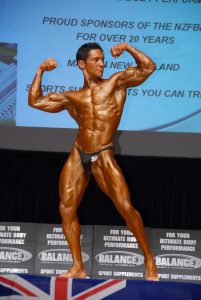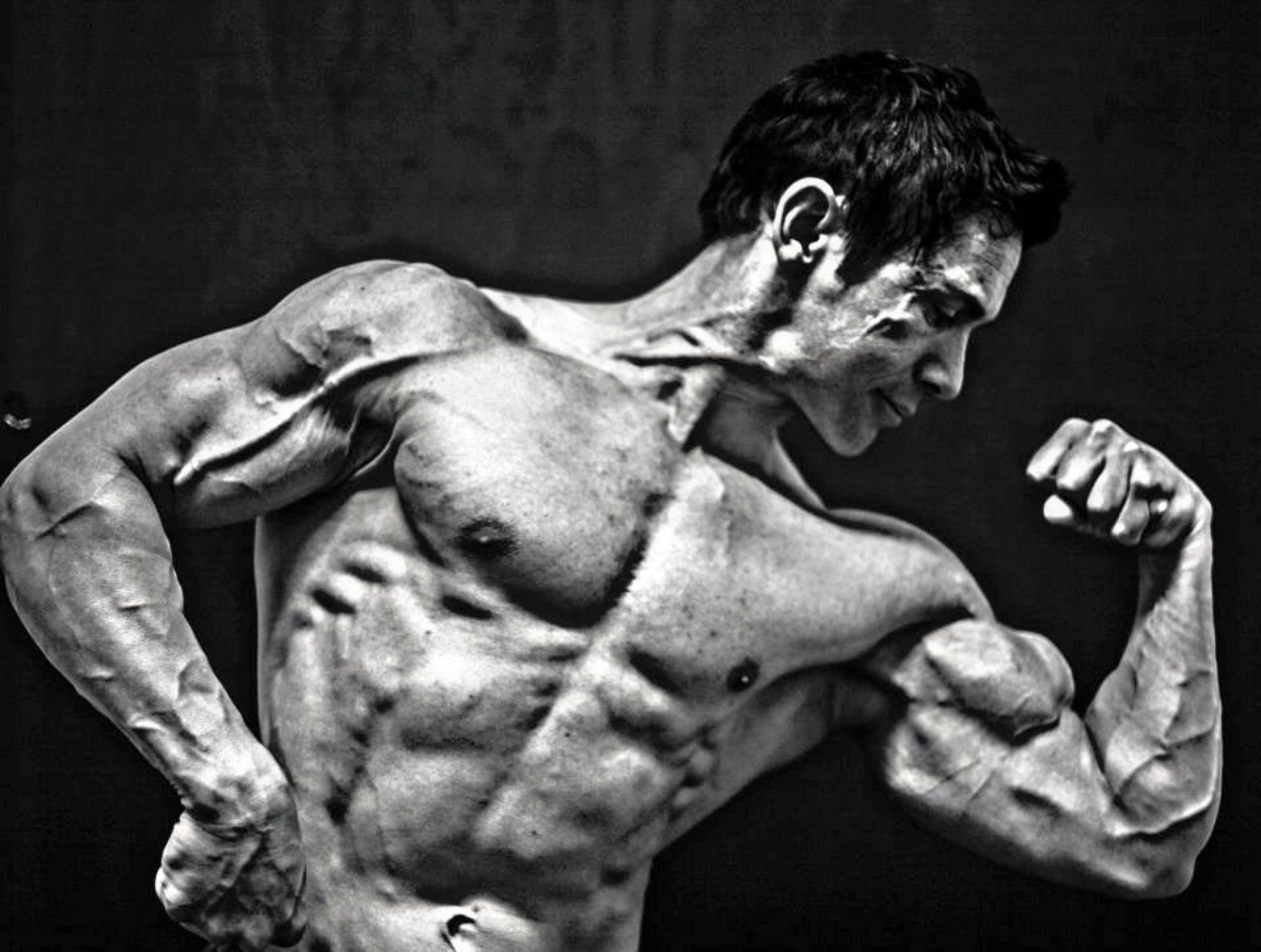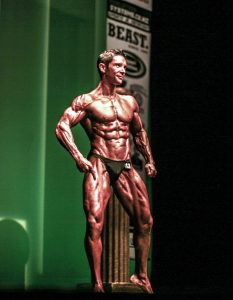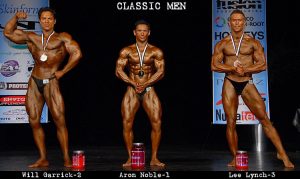
Everyone I talk to wants bigger arms. When designing an arm workout, you must consider a number of things like:
- Arms are used in all upper body workouts (And some lower) so volume has to be low, especially if you train intensely.
- Picking exercises that suit your body (when you perform them you feel it in the muscle and not your joints.)
- They are small muscle groups, so you should use less sets than other muscle groups.
- They need sufficient time to recover like other muscle groups.
- Any muscle will eventually adapt to a certain way of training.
- Exercises don’t necessarily need to be changed; other variables like number of reps, exercise techniques like rest pause, x’s, XTDers, drop sets, super sets and static holds can be enough to keep muscles guessing.
Here is my current arm workout 8 weeks out from the NZFBB Masterton show. I weigh approx 66 kg. I usually alternate arm workouts and complete after shoulders:
All exercises are super sets or rest pause/drop sets.
Workout 1
| P.O.F | Exercise | Weight | Sets | Rep range | New weight | |
| 1 | (Midrange) SS 1 | Weighted Dips | 40kg | 12, 6 = 18
+ 15sstat hold* |
11-15 | 42.5 kg |
| 2 | (Midrange)
SS 1 |
DB Curls | 20kg | 10, 5+ 5 XTD**=15 | 11-15 | 20kg |
| 3 | (Contracted) | Cable kickbacks | 2 x 2 plates | 15, 6 + 6x’s =21 | 11-25 | 2 x 2 plates |
| 4 | (Contracted) | DB conc curl (seated) | 11kg | 11+ 5x’s*=11 | 11-25 | 11kg |
| 5 | (Stretch) | Kneeling overhead triceps extension | 2 x 3 plates | 12, 6=18 | 11-20 | 2 x 3 plates |
| 6 | (Stretch) | Cable Reverse curl | 11p, 6p,3p | 6, 6, 10*=22 | 11-20 | 11p,6p,4p |
Workout 2
| P.O.F | Exercise | Weight | Sets | Rep range | |
| 1 | (Midrange) SS 1 | Triceps pushdowns | 2 x 7p | 2 | 11-15 |
| 2 | (Midrange)
SS 1 |
Leaning DB curl/ drag curl | 16kg/ x’s
30-40kg |
2 + XTD | 11-15 |
| 3 | (Contracted) | Reverse cable kickbacks | 2 x 2 plates | 2 | 11-25 |
| 4 | (Contracted) | DB concentration curl ( Db row position-arm hanging) | 20-30kg XTD | 2 | 11-25 |
| 5 | (Stretch) | Cable 1 arm overhead tri-extension | 3 plates | 2 | 11-20 |
| 6 | (Stretch) | Db incline curl | 10kg | 1 x’s | 11-20 |
This has worked well for me this year. The idea is to hit the muscle with an exercise that works the belly of the muscle with maximum weight while using techniques to take the set beyond failure. Then get a maximum pump with slightly higher reps and a contracted exercise before using a stretch exercise to stretch out muscles and fascia. As a result my biceps have filled out more by the elbow and the long heads of my triceps look fuller also. As you can see my arm workout is very brief; generally 6-7 sets for triceps and 5-6 for biceps (remembering arms are hit during other compound exercises for back, shoulders and chest- even during leg exercises like front squats). I find anymore than this and my progress falls away. If you haven’t had any progress for awhile give these workouts a try- you won’t know if it works for you unless you give it a go!!
*POF= positions of flexion an approach created by Steve Holman.
*X’s= when no more full reps can be completed perform partials in the stretch position of the exercise to fatigue muscle further.
This reminds me!-(On occasion I like to do DB/BB curl 21’s with 7 full reps first(mid-range), 7 top half partials(contracted) & then 7(or more) bottom half partials(stretch) as opposed the traditional way of bottom, top and full reps).
**XTDers= when curling I use a supinated grip, when I can no longer perform any more reps I rotate internally to a semi-supinated grip to further extend the set.
STATIC HOLD= after completing a normal set I hold weight in a static hold either in the contracted, mid range or stretch position (this depends on exercise).


